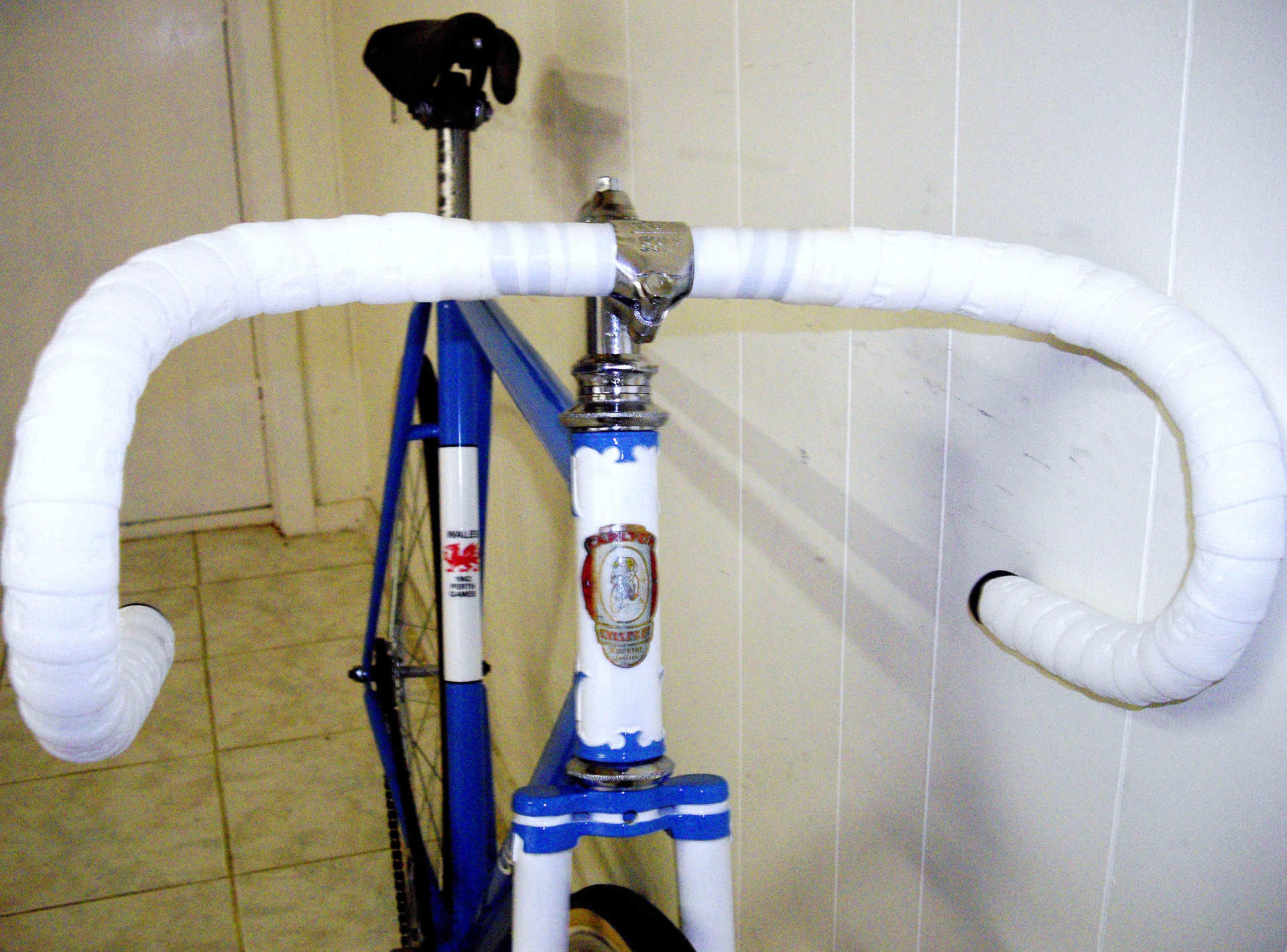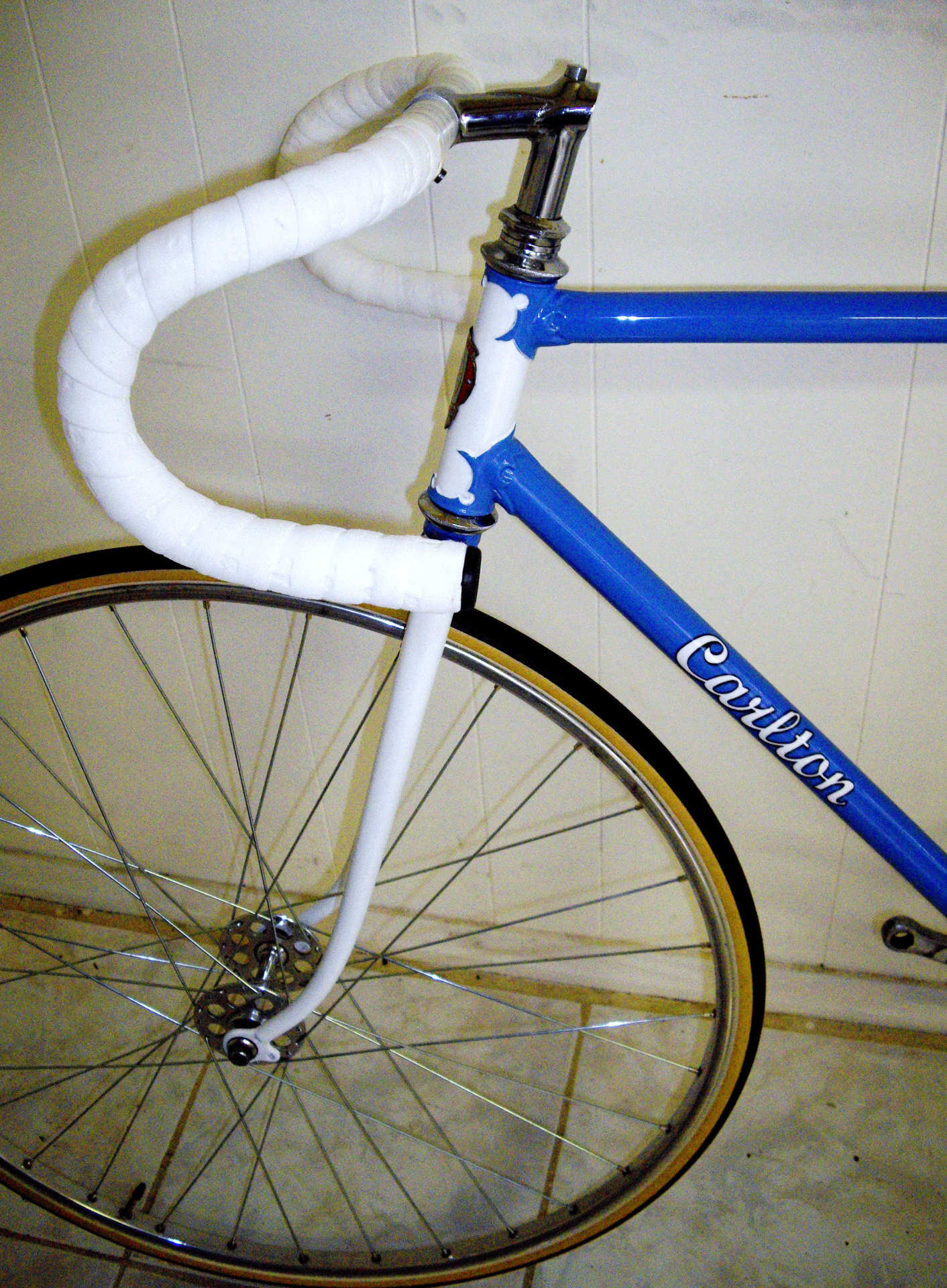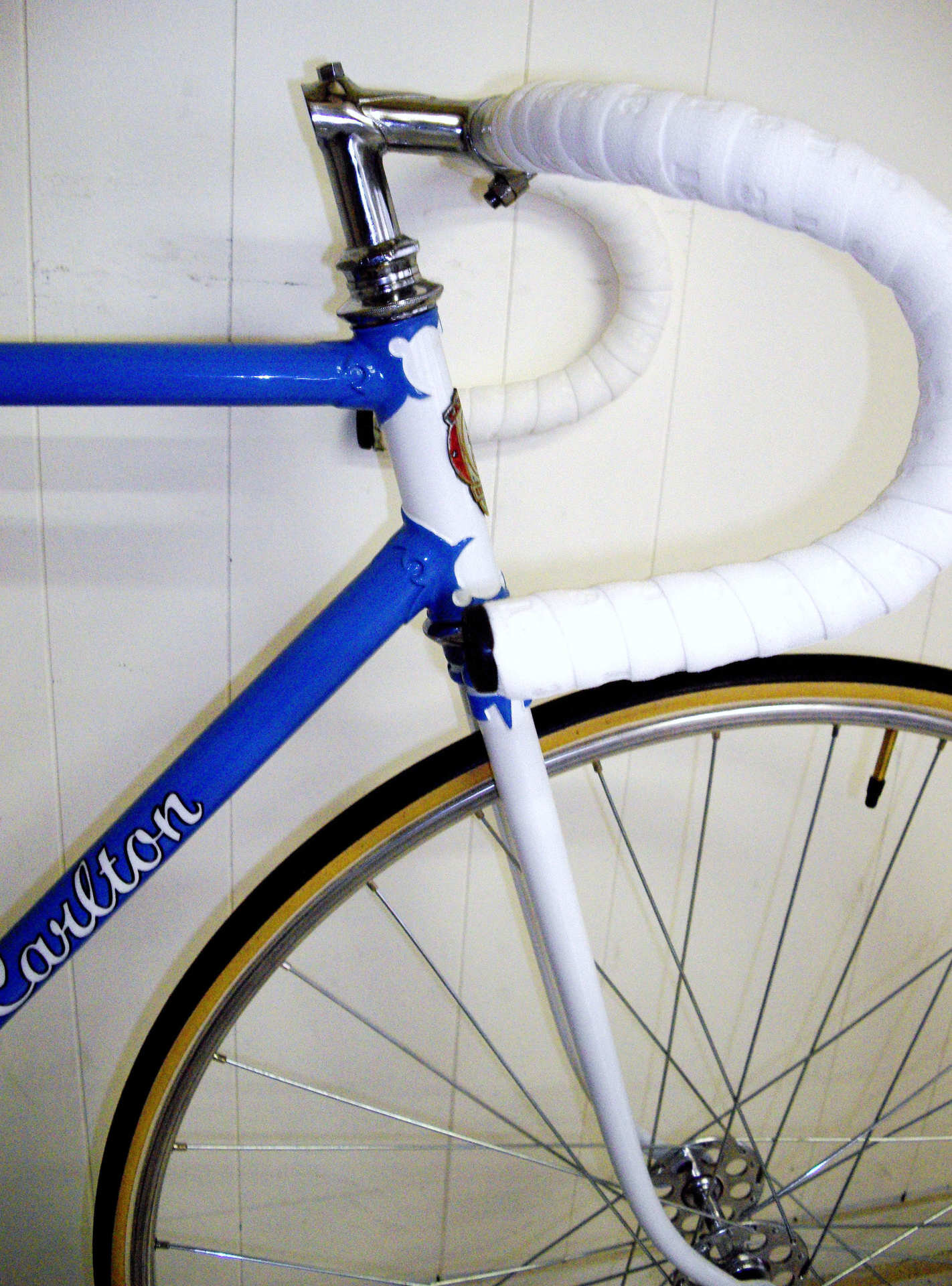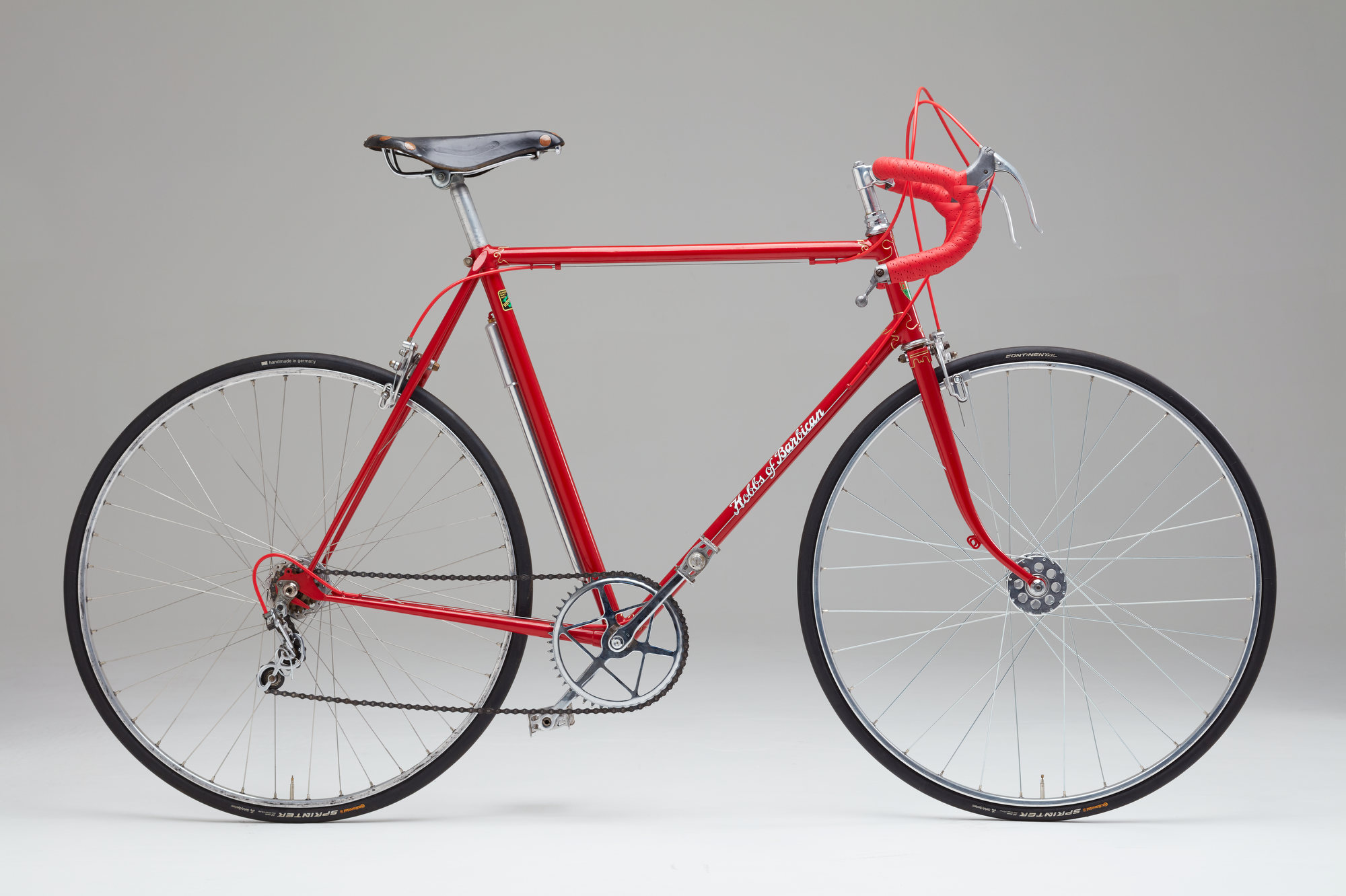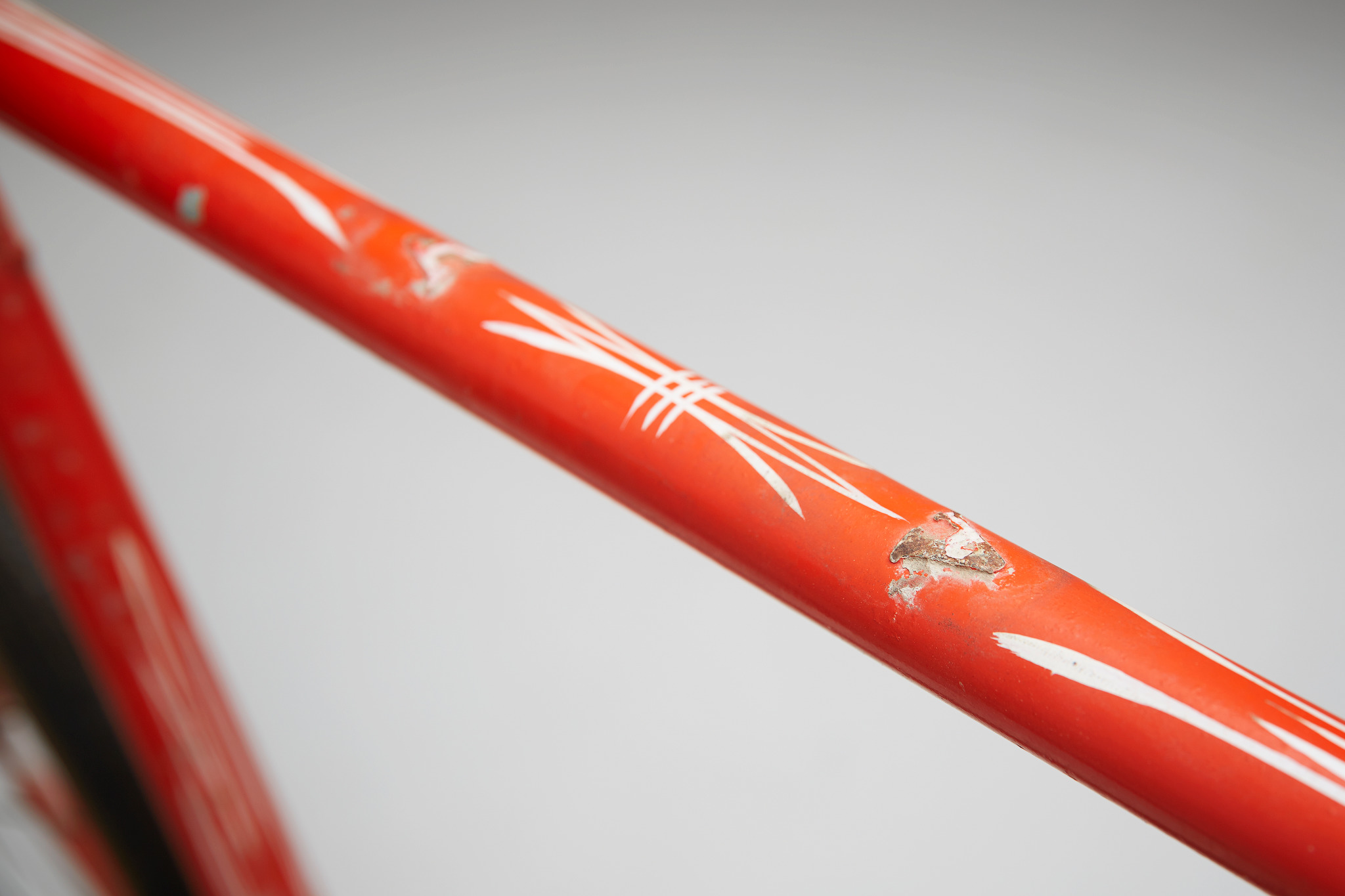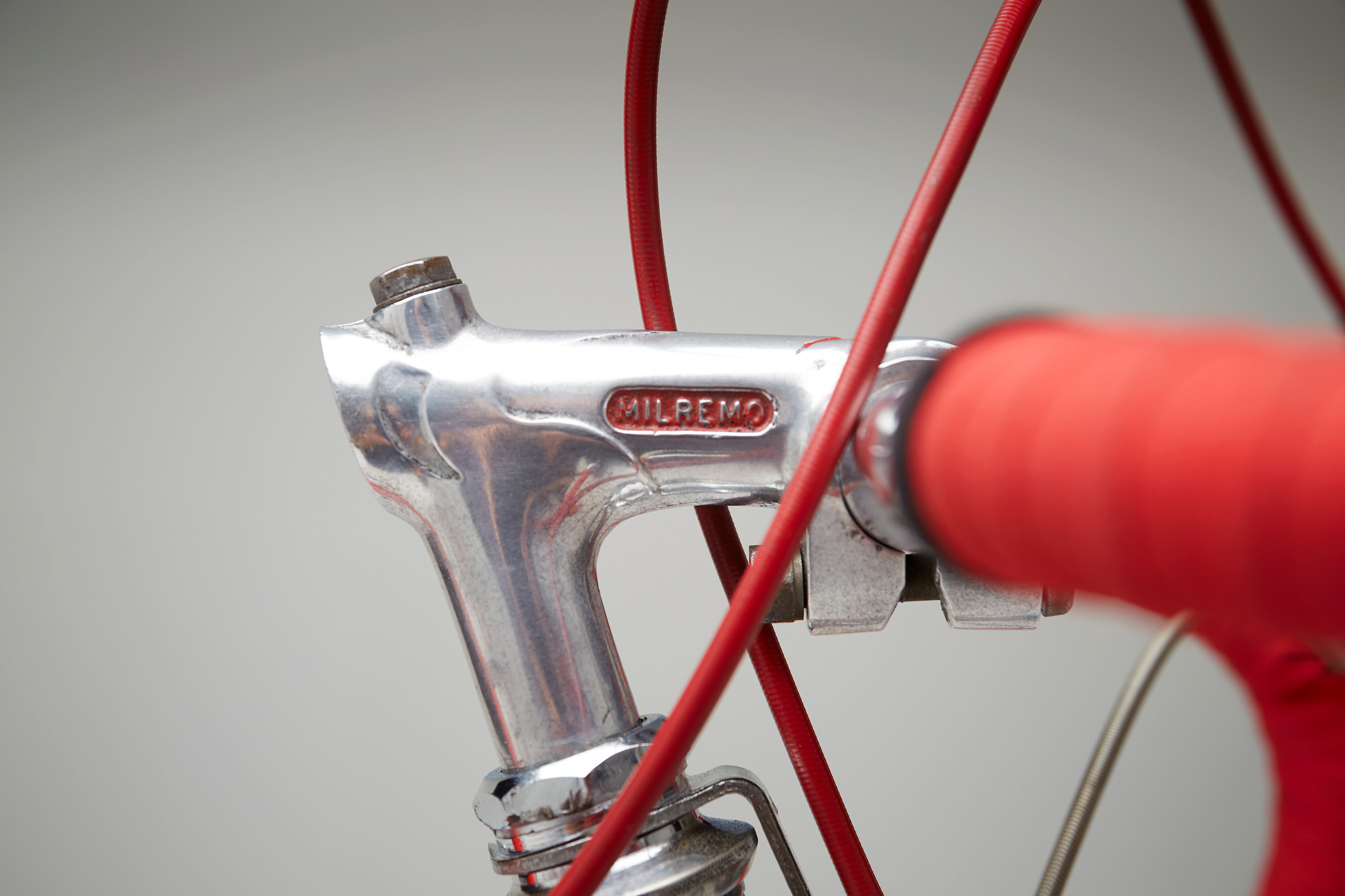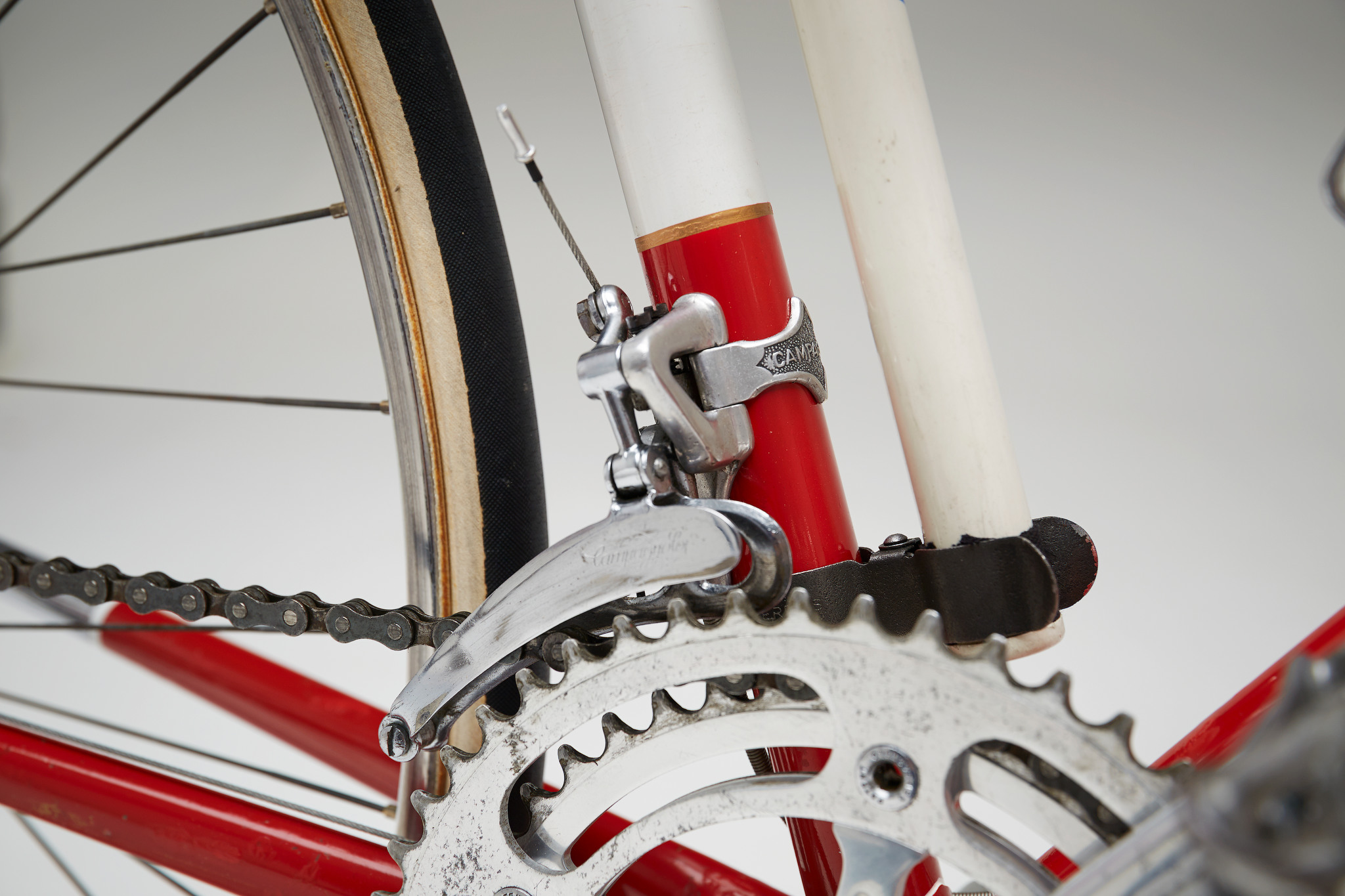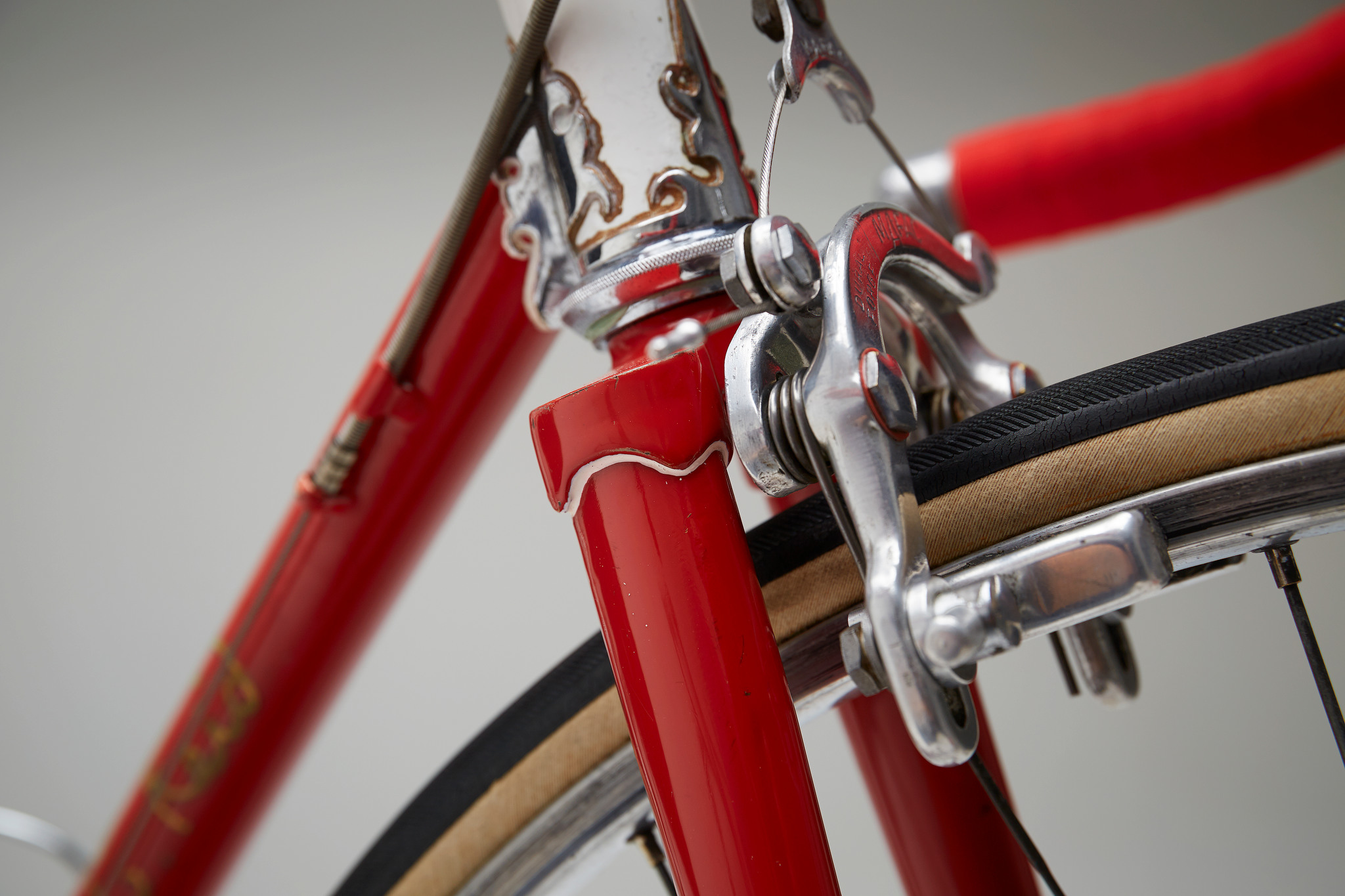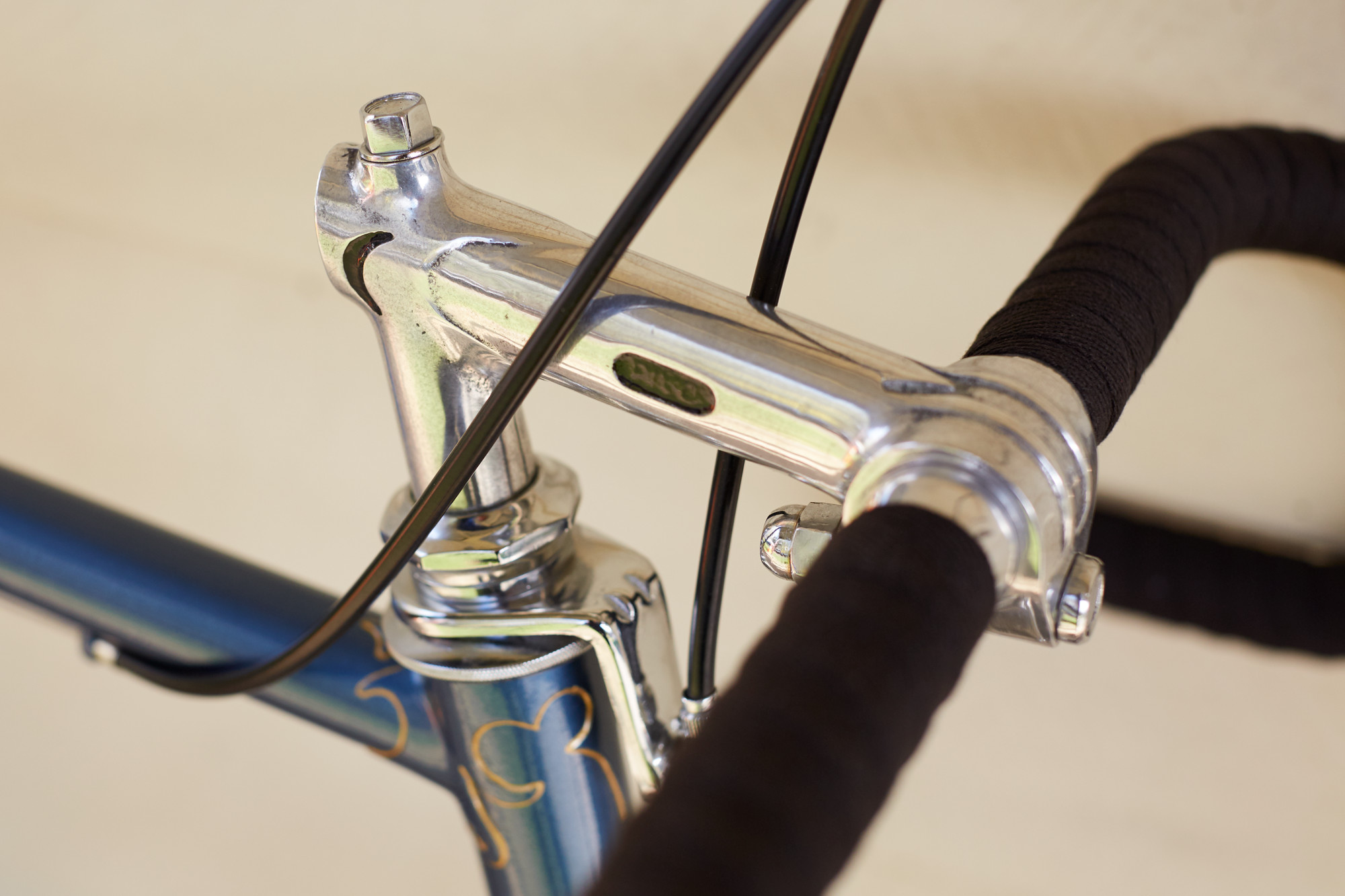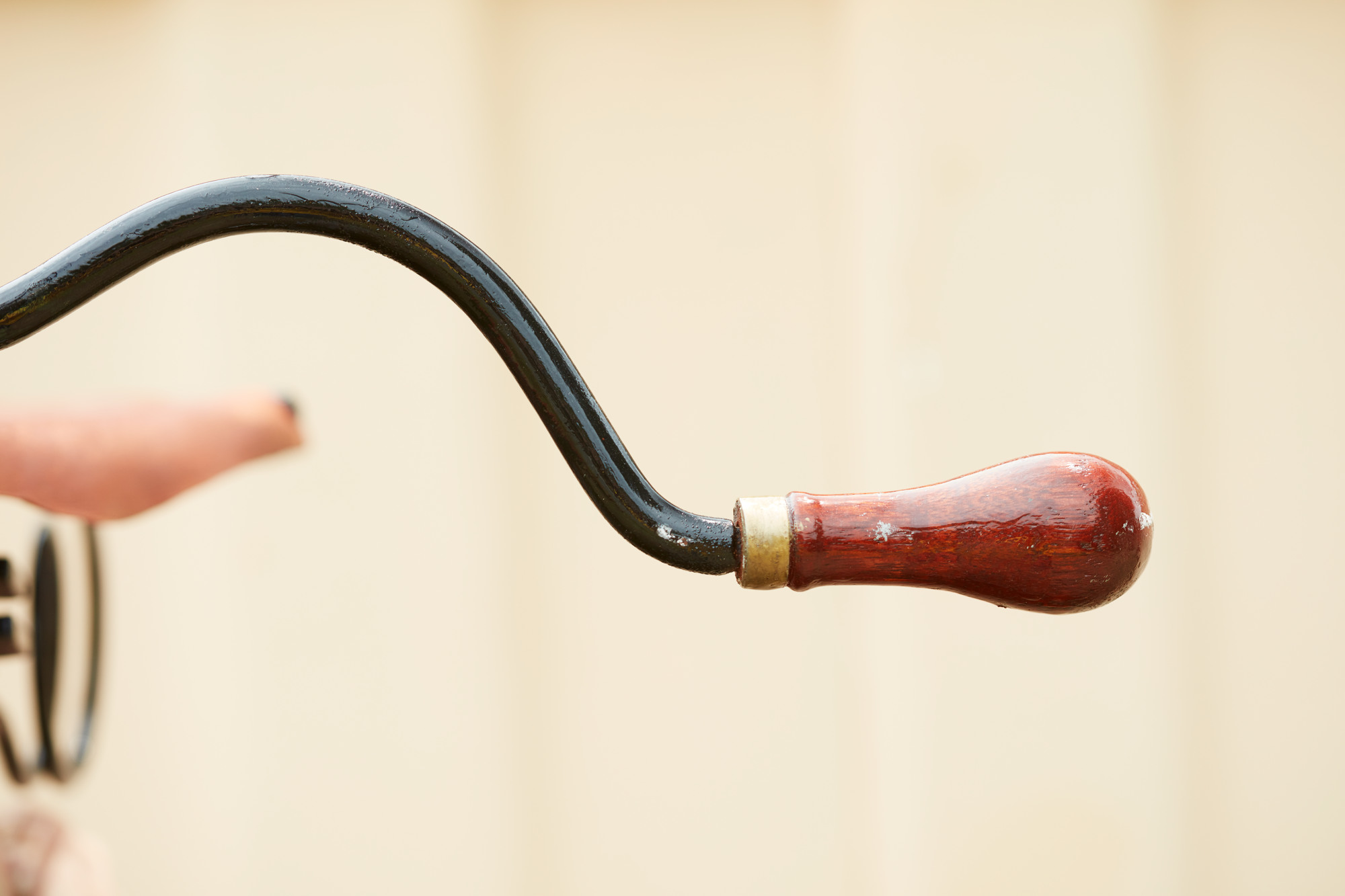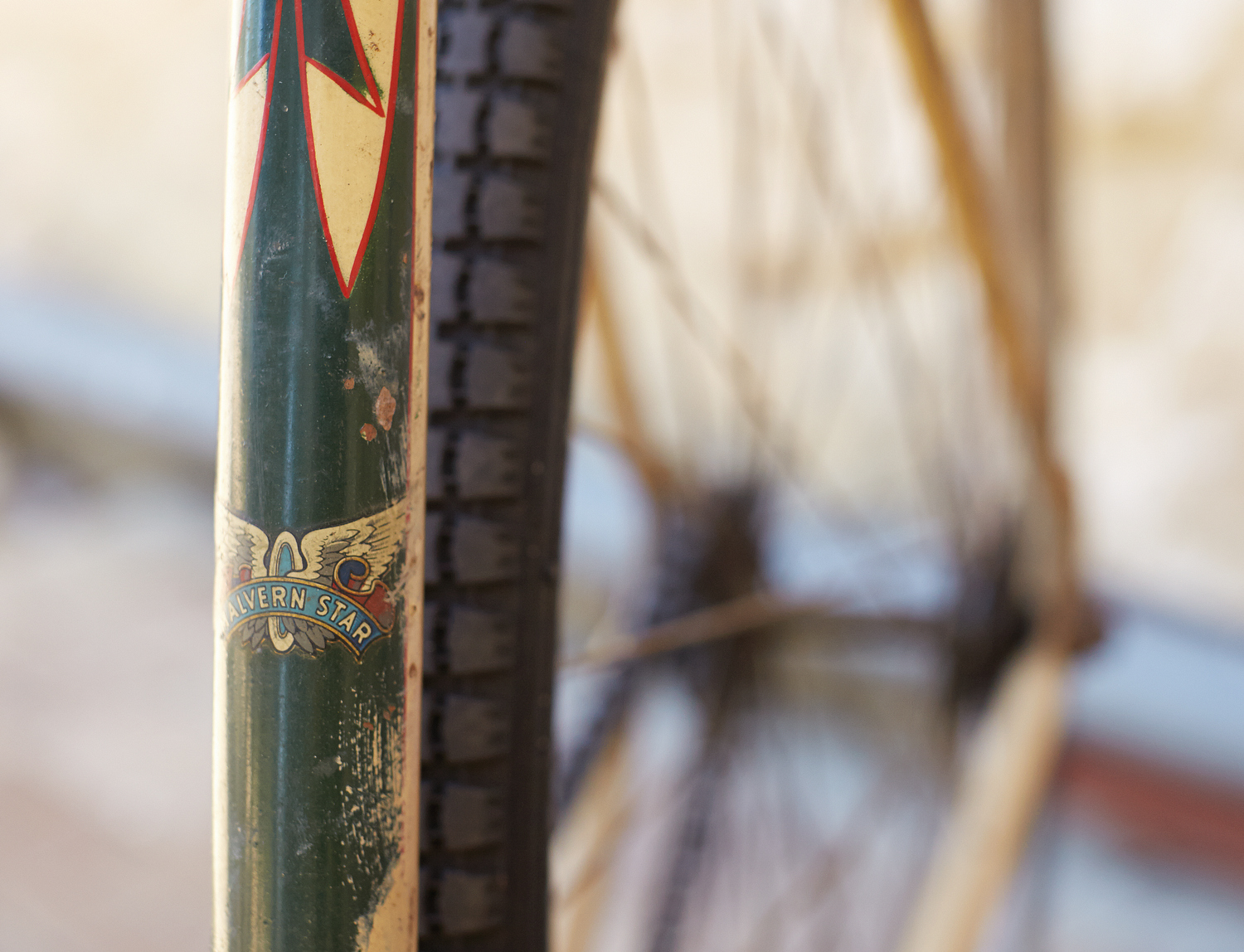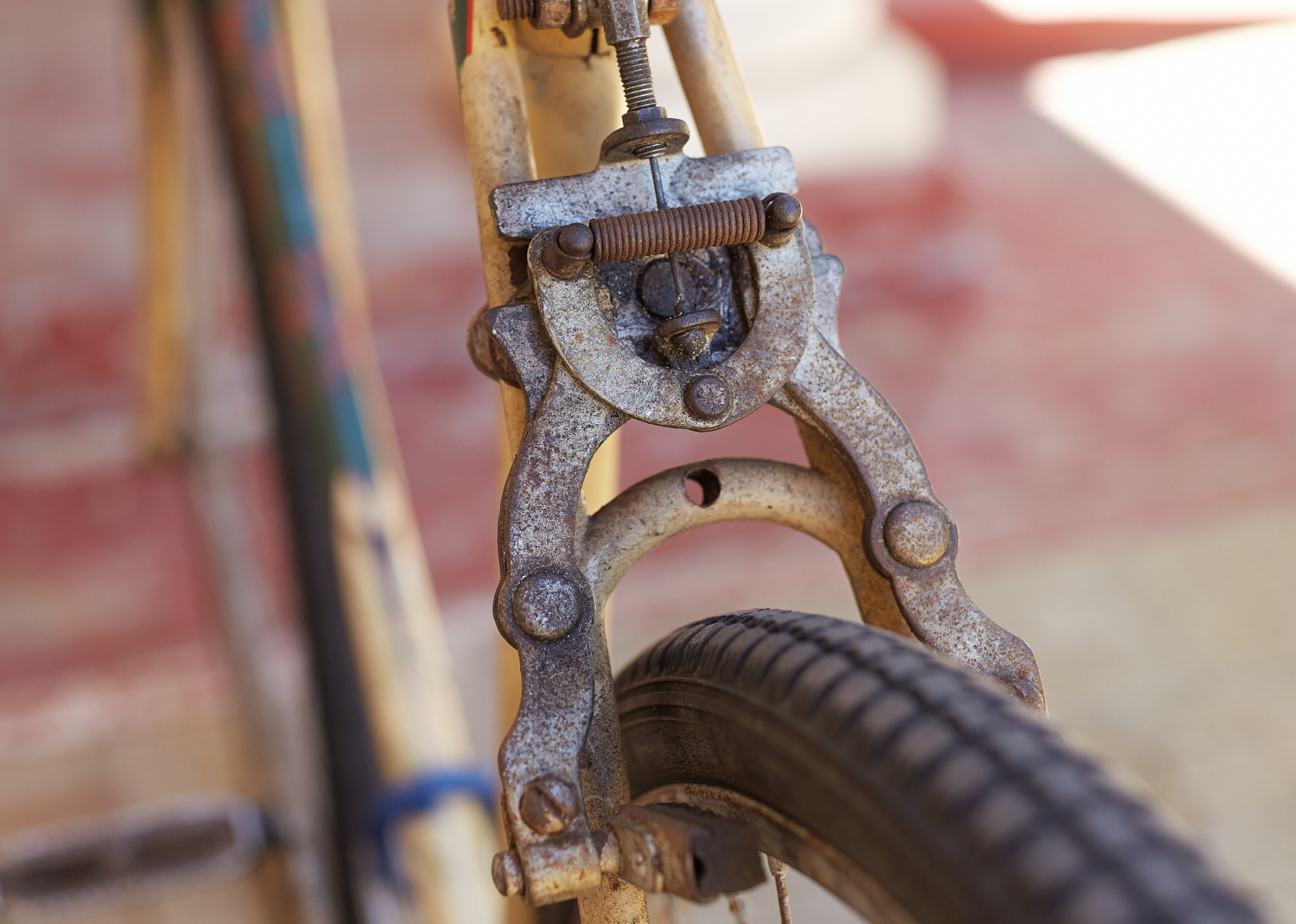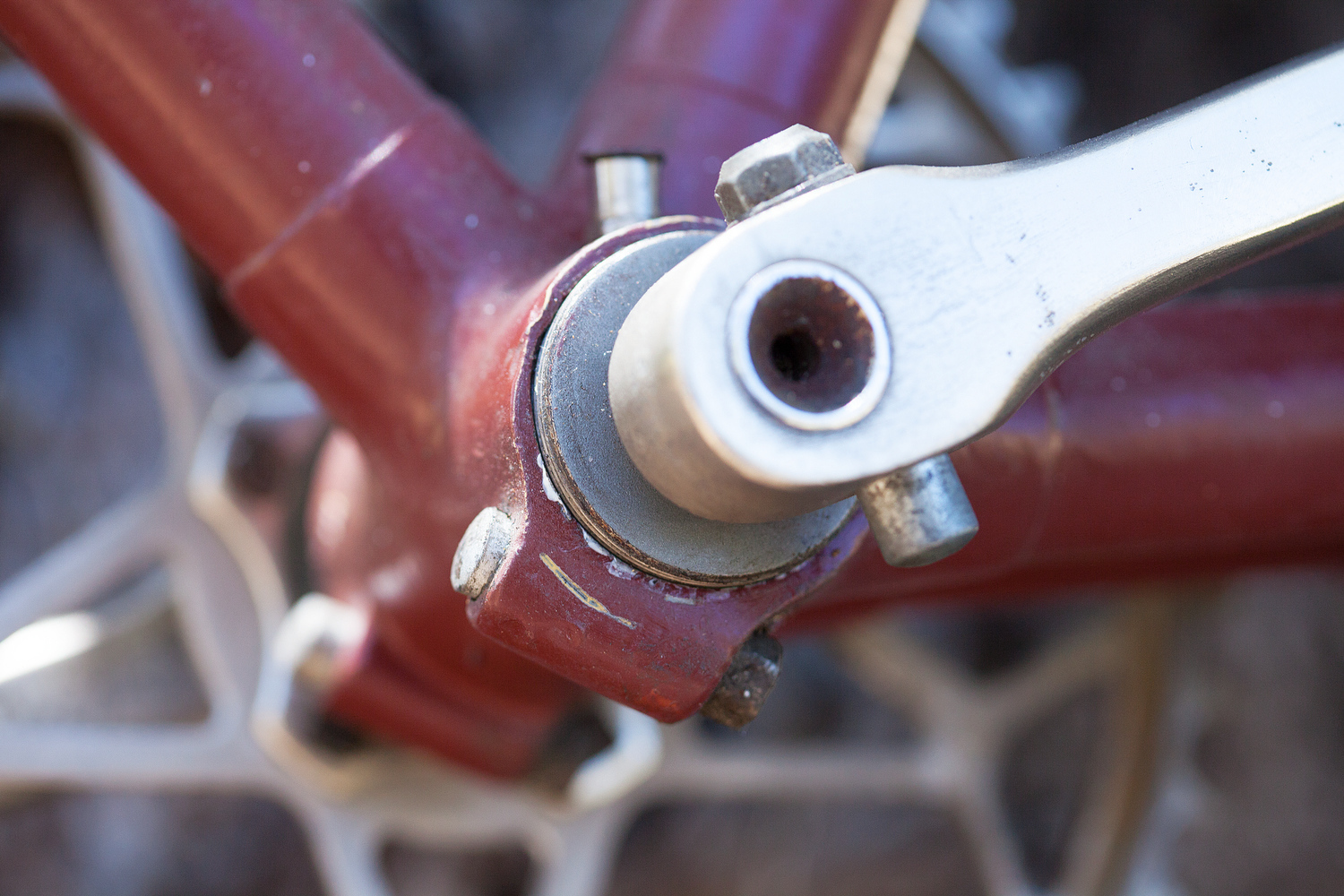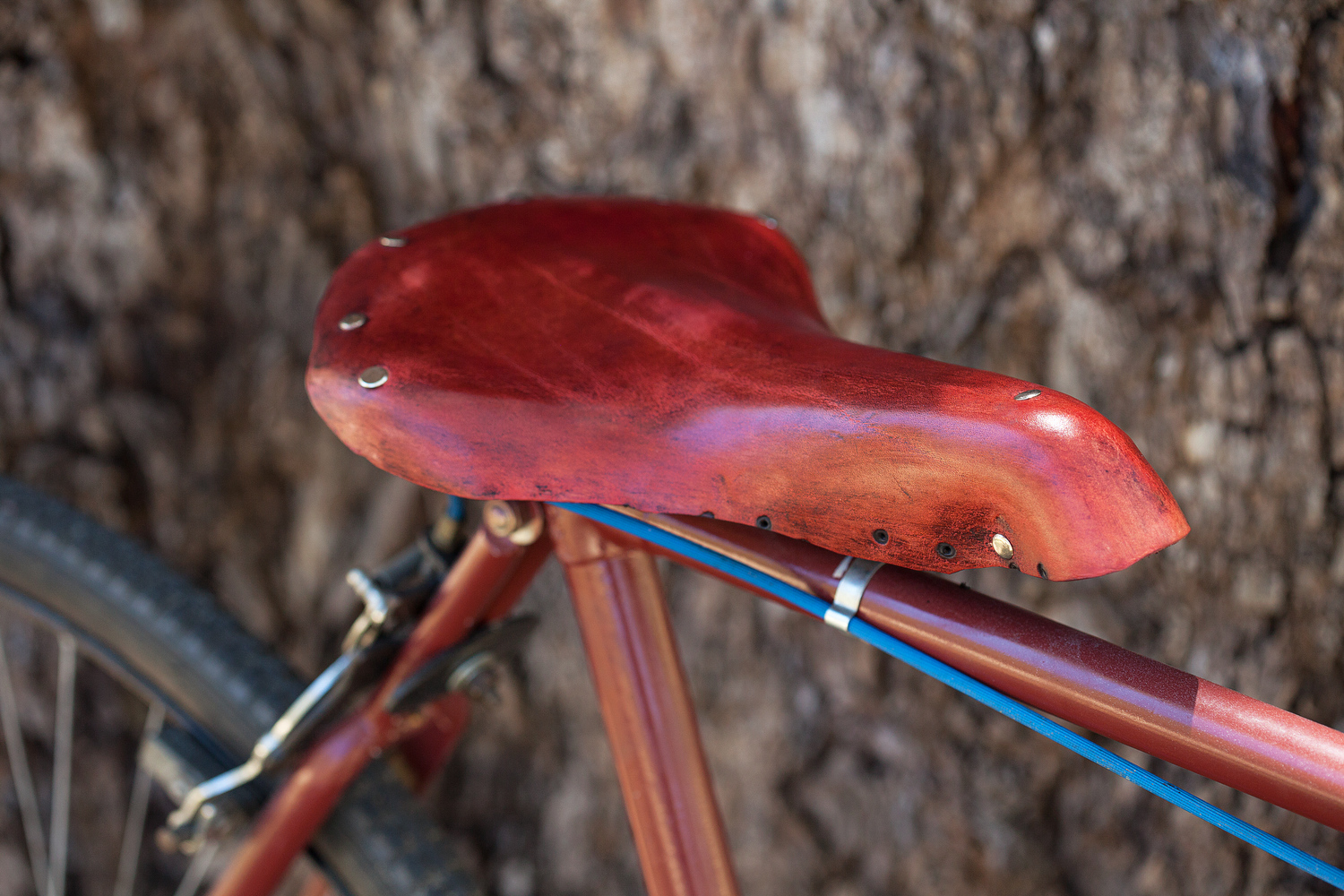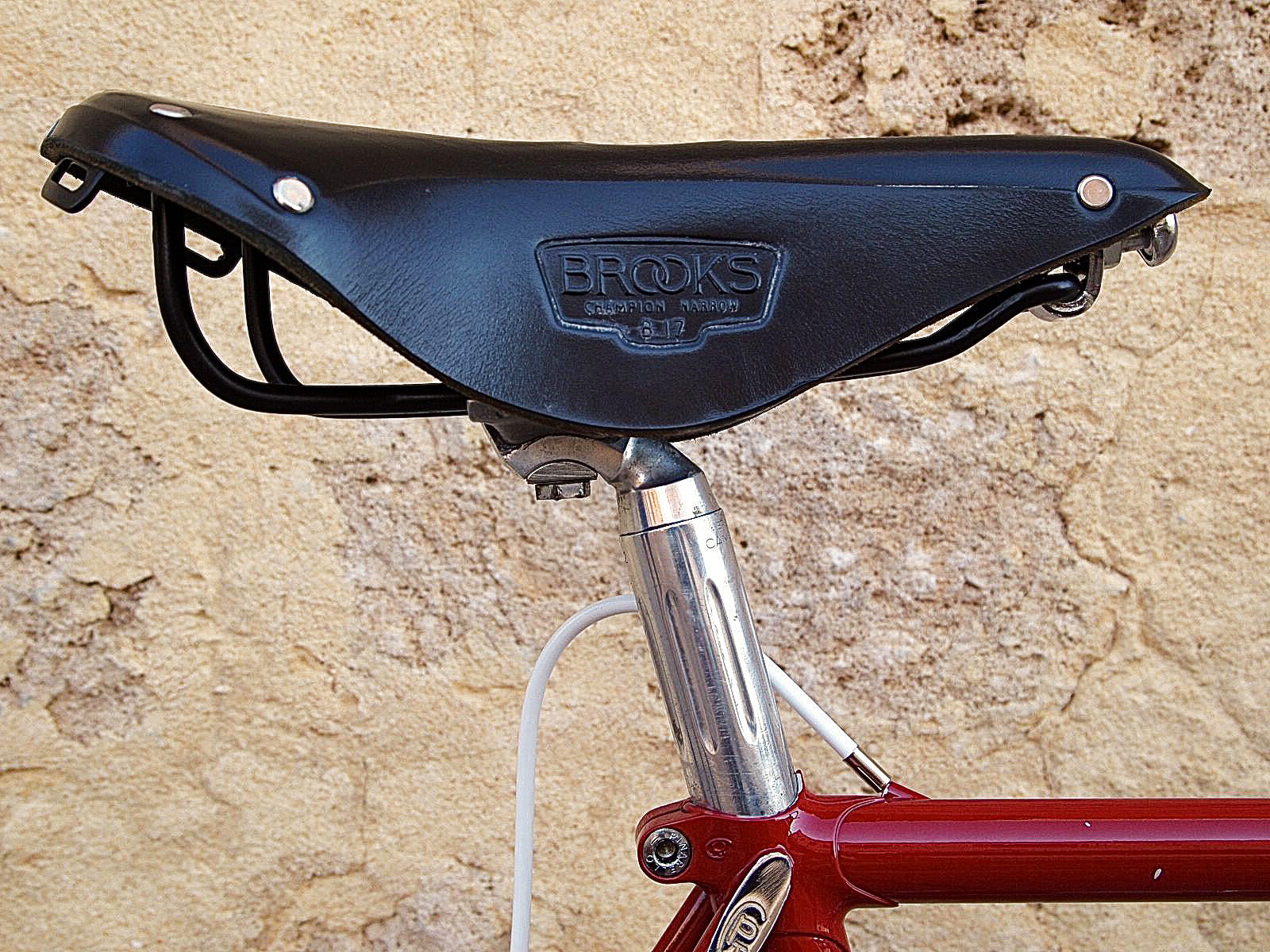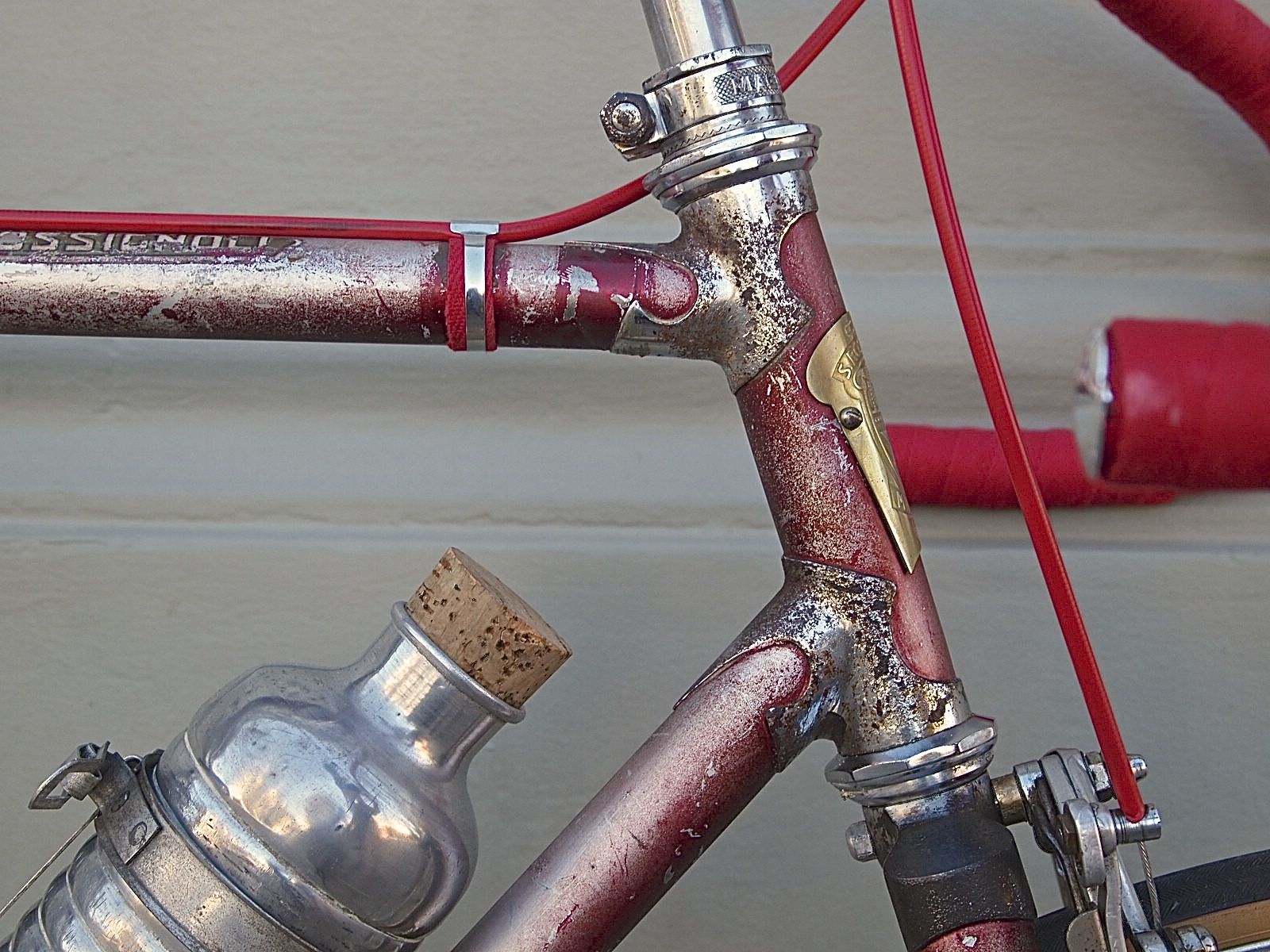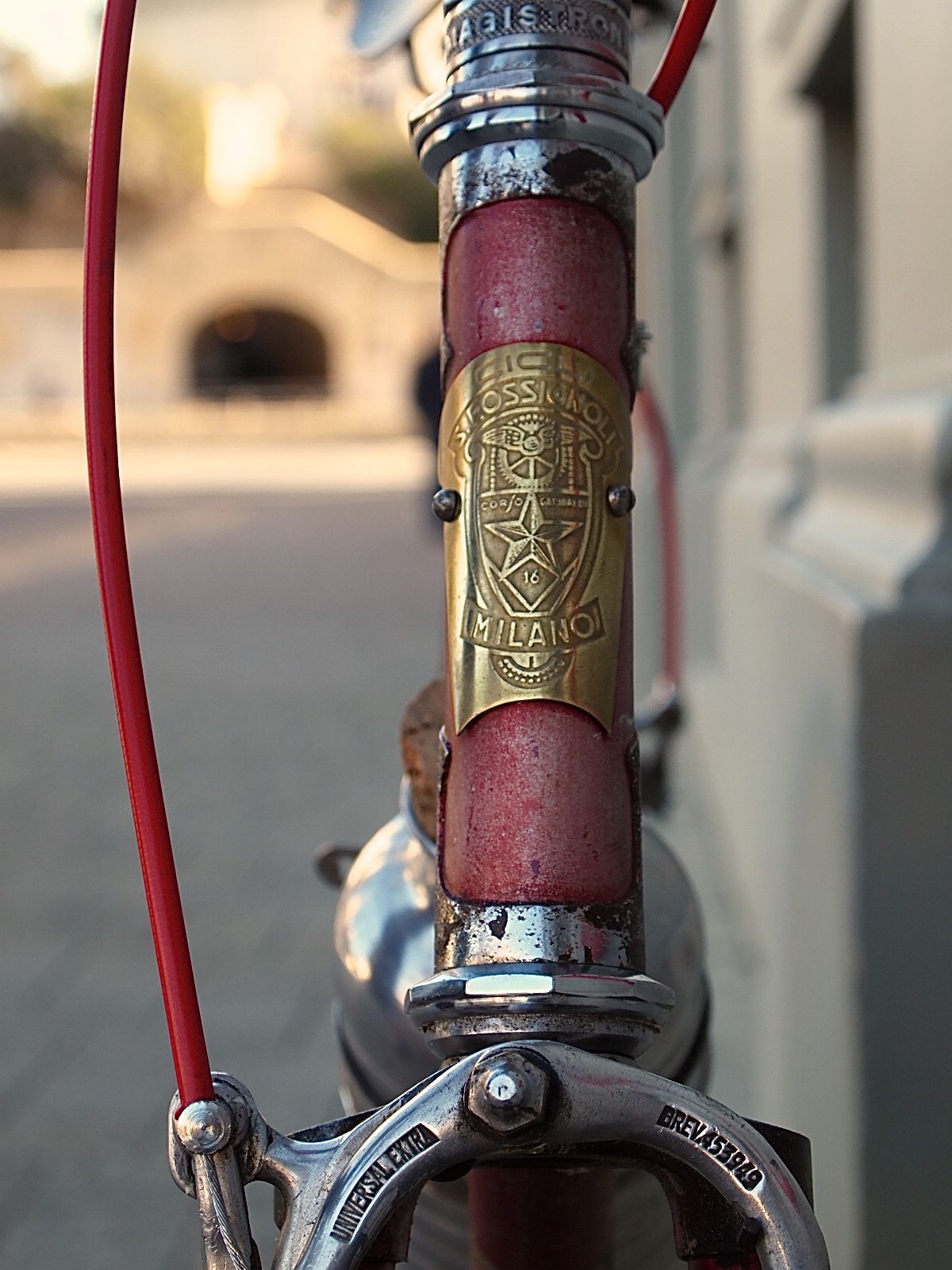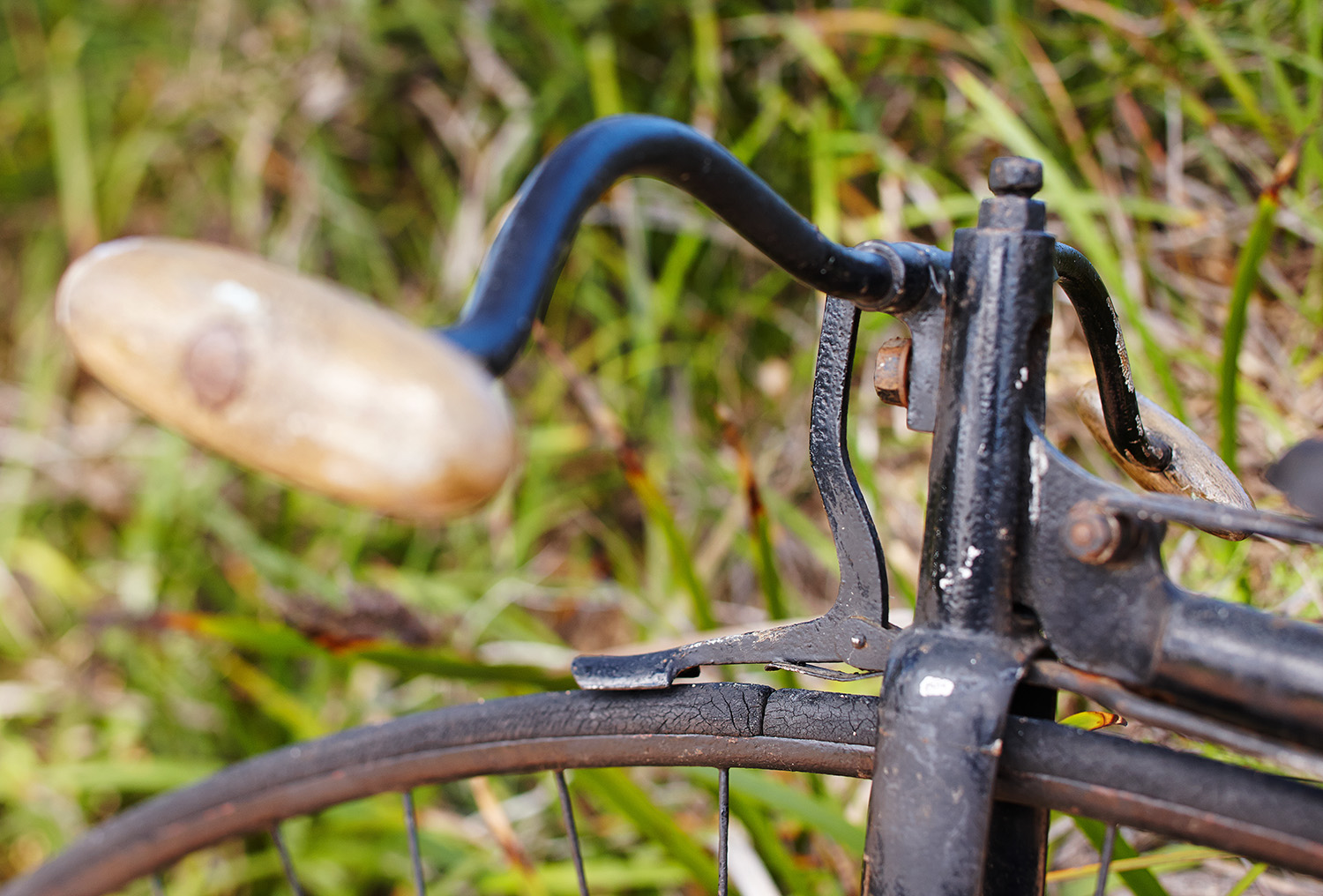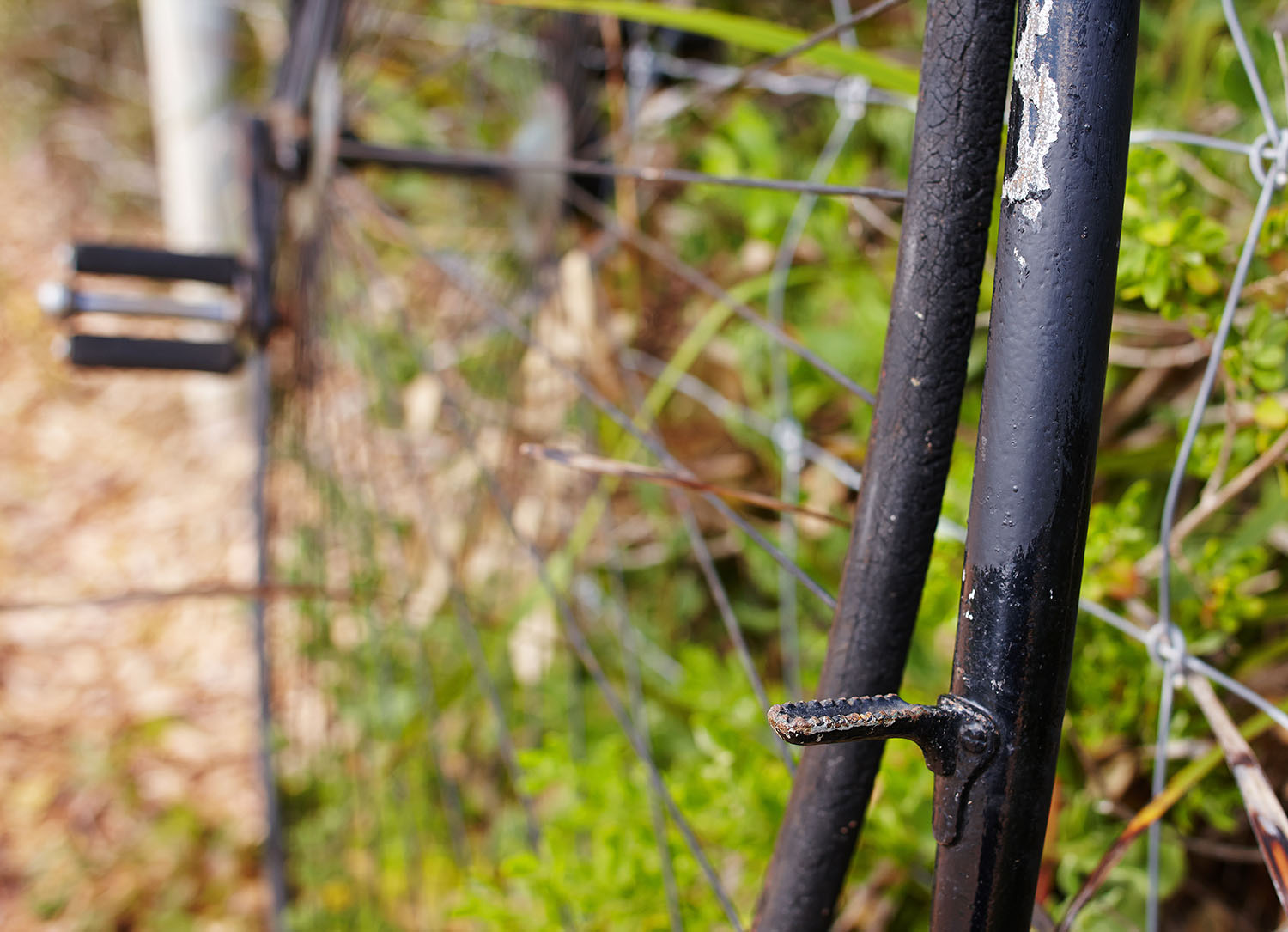Don HILL 21.03.1928 - 18.01.2000
My father’s cycling career had ended before I was born. He was a hoarder and never threw anything away so stuck up on the wall in the garage was his 8 speed Swansea road bike. It was in very poor condition when I took it down and fully restored it using all original parts other than the seat.
There were wheels hanging from the rafters and hubs, cranks, pedals, headsets and a multitude of other bits and pieces, stored away in army ammunition boxes.
Substantial trophies and prizes aplenty were stashed away out of sight.
He had also collected a plethora of newspaper articles torn from the paper and placed into a cardboard chocolate box.
Photographs from the many races he was have been kept too with the times and positions of each of the riders down to 5th place carefully recorded on the back of each picture.
Dad never spoke about his racing career however his collection told the story without words. The Swansea Shield is part of that record and a 9 ct medal for another race win always formed part of that memory.
It wasn't until Mesothelioma took his life in 2000 and the family moved to clean up the hoard of stuff dad had collected that the extent of what he had achieved came to light.
In 1951 he represented Western Australia at the National Road Championship in Queensland and had carefully stored his State Rep Jacket and WA cycling jersey.
Strangely he had also kept cycling jerseys he had worn when he'd come off his bike in track races. Torn and shredded in most cases, oh I wish I had the opportunity to ask "what on earth were you thinking".
Kim Hill
Photos by Matt Wikstrom - The Bike Mason
